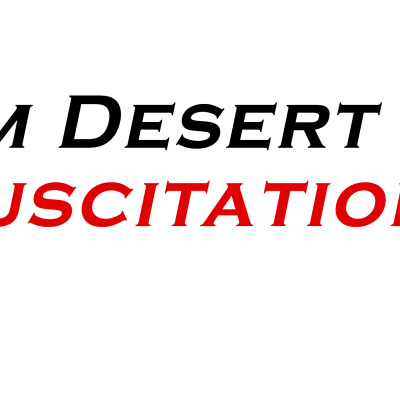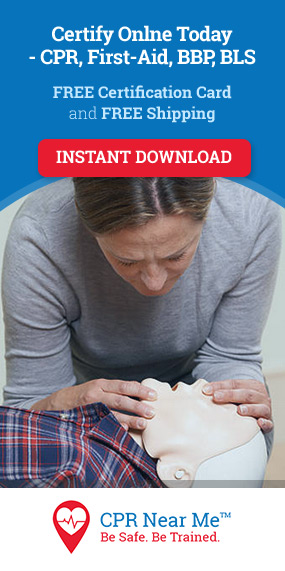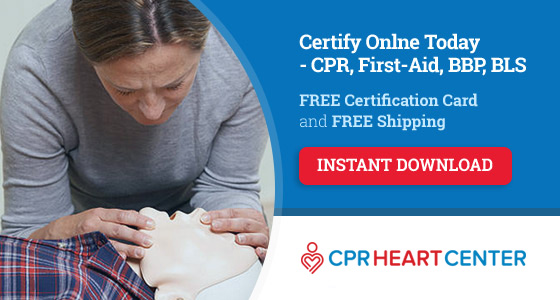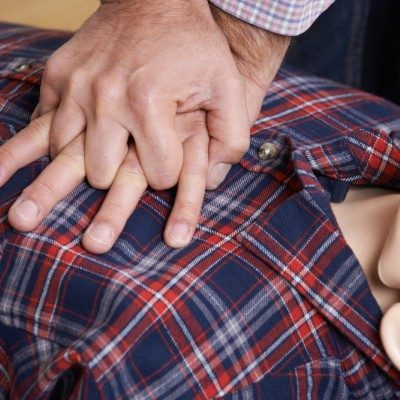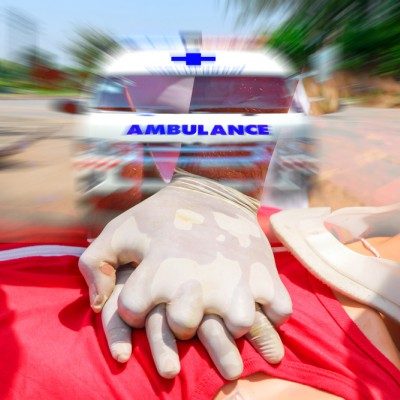
PIT CREW CPR METHOD BY PDRE LLC
On August 5, 2016, Palm Desert Resuscitation Education (PDRE) had certified a superb and enthusiastic basic life support (BLS) student, Ms. Heather Traylor, who actually works as an emergency medical technician (EMT) and studying for her paramedic license through the Emergency Medical Service Authority. Her current territory or region for her employment as a medical first responder is in Northern California in the Santa Barbara County. She was in the Palm Desert, CA area to visit some relatives and family members when she happen to come across PDRE’s website and attended one of our Friday afternoon BLS courses. We soon learned the new and innovative basic life support and advance cardiac life support methods that some counties in California (i.e., Santa Barbara County and Ventura County, for instance) performs in order to save a victim or patient’s life from catastrophic arrhythmias – “Pit Crew CPR.”
As per Ms. Traylor, the AMR crew and staff based in Ventura County who implemented the Pit Crew CPR approach in with the current and recommended American Heart Association (AHA) guidelines and recommendations, had patient survival rates jump from 24% to a dramatic and outstanding 62%, which almost tripled the amount of people they saved in cardiac arrest just by using their new technique!
To highlight the new Pit CPR Crew system that some emergency medical service companies habitually practices begins with a system-based approach so that the flow and efficiency of the cardiopulmonary resuscitation is almost seamless, practical and especially increases the survival rates. There have been studies, for instance, completed by the Take Heart America Sudden Cardiac Arrest Survival Rate Initiative that more than doubled the survival rates in two communities. All of the states in the United States should implement this type of system-based approach in responding to cardiac arrest care and prevention of deterioration of the patient in out-of-hospital or in-hospital settings. Obviously, it is the standard of care in most medical institutions across America to use the American Heart Association (AHA) guidelines and recommendations for basic life support and also advance cardiac life support but new studies and research should also be practiced in combination to help save many lives from the sequelae of cardiovascular diseases and stroke, among the many life threatening and debilitating acute and chronic medical conditions.
Specifically, the new 2015 AHA guidelines and recommendations for CPR is to “push hard and fast” at a rate of 100-120 beats per minute with a compression depth of at least 2 inches in adults (1/4 the depth of the anterior-posterior diameter of the chest), and to have a recommended full recoil of the chest after the compression of the heart. However, the Pit Crew CPR endorsement of continuous chest compressions should be mandated. However, AHA and the new Pit Crew CPR essential shares the same concept of preforming chest compression first and minimizing interruption or the lack thereof to save more people in cardiac arrest. They also share the same reasoning and recommendations for early defibrillation with an automated defibrillator (AED) or manual defibrillator in someone with a shockable disorganized rhythm, like ventricular fibrillation, polymorphic ventricular tachycardia, or ventricular tachycardia without a pulse because every minute that passes by after a cardiac arrest means a decrease in survival rate by about 7-10%. Nevertheless, there are significant difference with AHA’s guidelines and the new Pit Crew CPR recommendations and, that is Pit Crew CPR uses a “ResQPod” (if available by the EMS crew and staff) and also practices asynchronous ventilation for two or more CPR rescuers of about 8-10 breaths per minute (even though for a one rescuer CPR, it is still a chest compression to ventilation rate of 30 to 2).
Moreover, Pit Crew CPR methods suggests to begin with an oxygen pressure of 4 litters per minute until the advance life support arrives to the scene and they can manage the possible hypoxemia and possibly titrate to AHA’s recommended 94% to 99%of oxygen saturation on the pulse oximetry to also prevent oxygen toxicity.
Lastly, the new techniques Pit Crew CPR endorses is accepting delays in single rescuer ventilations during the first few minutes of CPR after a cardiac arrest until more help arrives, especially medical first responders who are advance health care providers (unless help is delayed more than 4 minutes, at which point the recommendation from the Pit Crew CPR method is to give the recommended ventilations after 30 chest compressions). There is enough reserve partial pressure of oxygen in the blood stream to sustain life in the first couple of minutes after a cardiac arrest that the Pit Crew CPR method suggests to bypass ventilation unless help does not come within 4 minutes and the patient or victim may end up with respiratory arrest that, in turn, will eventually makes the heart stop completely.
The diagram above and below depicts the Pit Crew procedure directly from the Journal of Emergency Medical Services (JAMS) in one of their articles titled, “A Tale of Three Successful EMS Systems.” There is a triangular approach to performing the Pit Crew technique, where there is one rescuer on either side of the patient (rescuer #1 on one side is performing the BLS survey and starting continuous high-quality CPR and rescuer #2 on the other side is using the AED or manual defibrillator to find out any shockable arrhythmia) and another rescuer at the head of the patient or victim (rescuer #3 who performing ventilation with either a face-shield, pocket mask with a one-way valve, ambu-bag, or placing an advance airway if the time off the chest compressions is less than 10 seconds). The ResQPod is then used along with the airway devices, which aids in enhancing the precious blood perfusion in the upstroke of CPR during the complete and full recoil of the chest wall. Finally, some emergency medical response services uses the Lucas mechanical CPR device, which even increases the survival rates of patients or victims in cardiac arrest if implementation minimizes the time off of the manual chest compressions and ventilations during CPR.
In addition, AHA guidelines and recommendations along with the Pit Crew CPR method promotes a team-based approach with the system-based approach. Every rescuer needs to know their roles, position, and functions; must understand to not go beyond his or her knowledge or limits; have mutual respect for every rescuer helping out in the cardiac arrest; provides constructive criticism and feedback; and be able to debrief after the basic and/or advance life support of a patient or victim in cardiac arrest. The outcome and performance will most likely be positive if this type of team-based approach is implemented in all CPR cases, whether dealing with in-hospital advance healthcare providers or out-of-hospital laypersons.
In summary, the Pit Crew CPR method mimics the actual NASCAR pit crew team because it really emphasizes on being immediate and swift; in the case for Pit Crew CPR, it is continuous high-quality CPR and minimizing time off the chest wall in patients or victims with cardiac arrests. The Pit Crew CPR method can supplement the current AHA guidelines and recommendations for basic life support and advance cardiac life support that will only save more lives by incorporating precious standard as well as new and innovative research and evidenced-based guidelines for CPR.
MS. HEATHER TRAYLOR, EMS IN SANTA BARBARA COUNTY
If you are interested in learning more about AHA’s take on the Pit Crew CPR method and other resources, please refer to the following hyperlinks:
